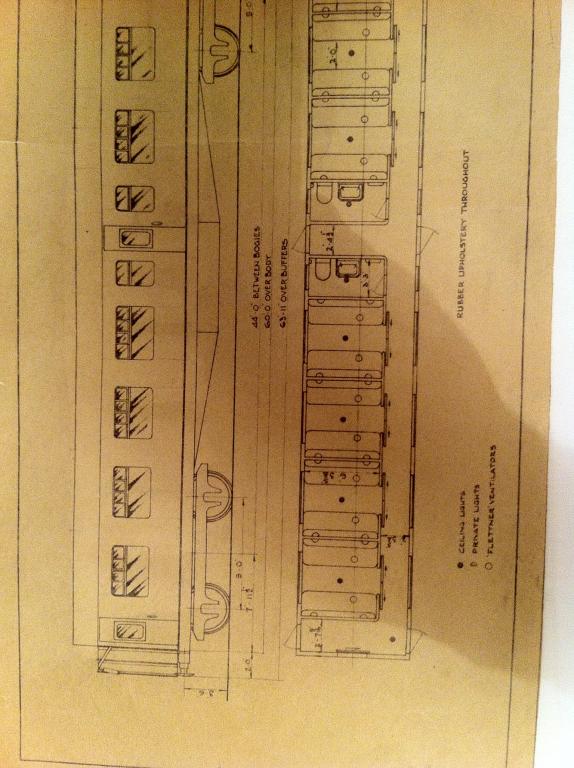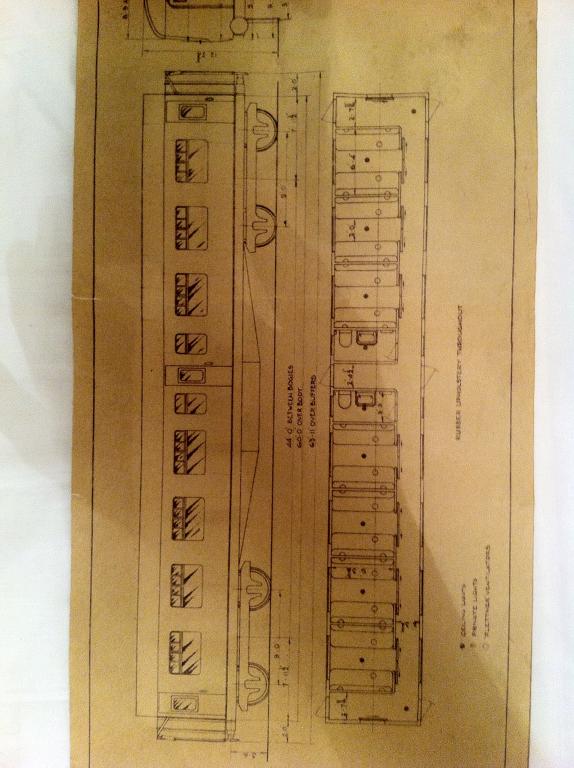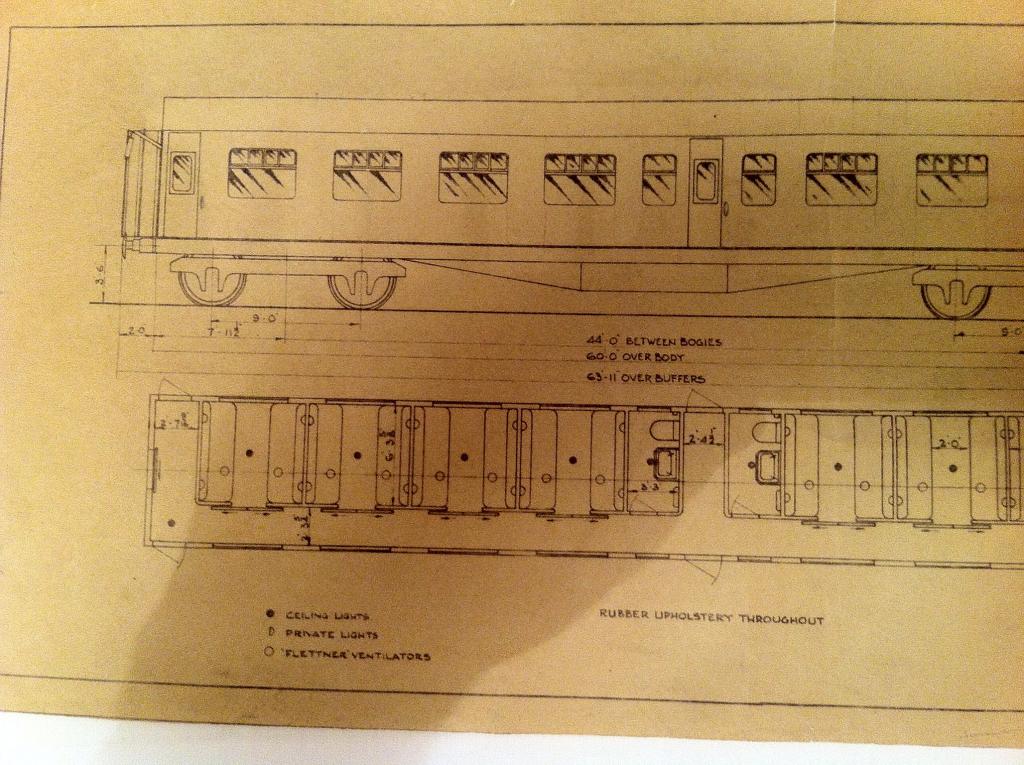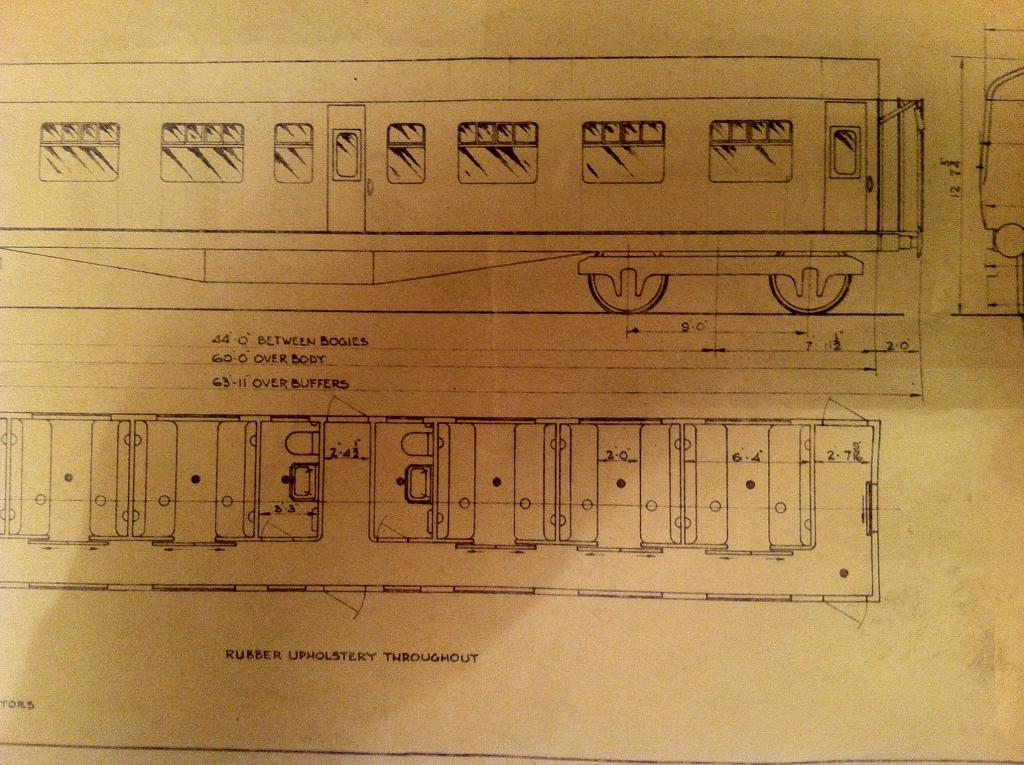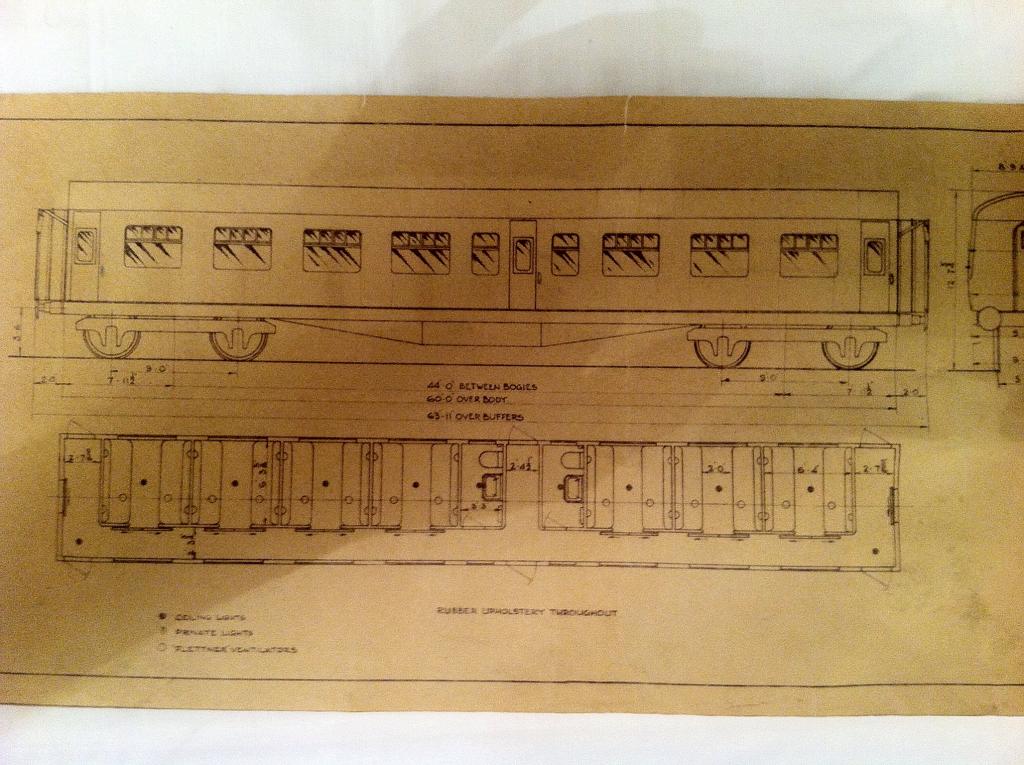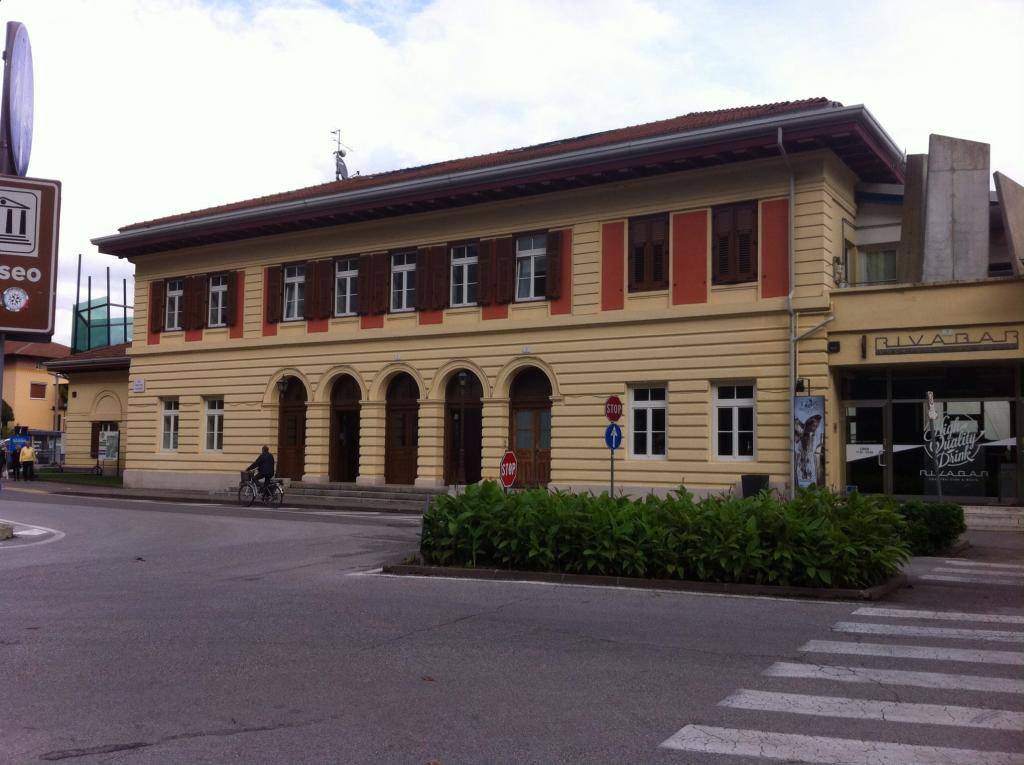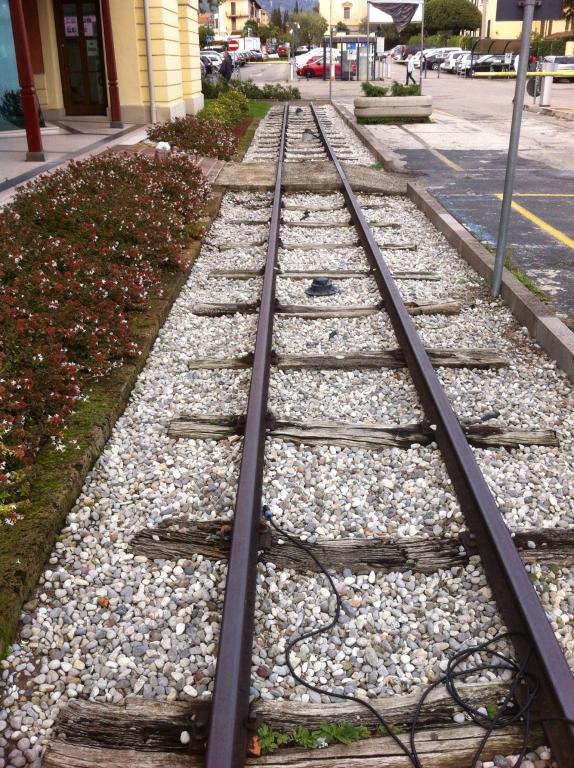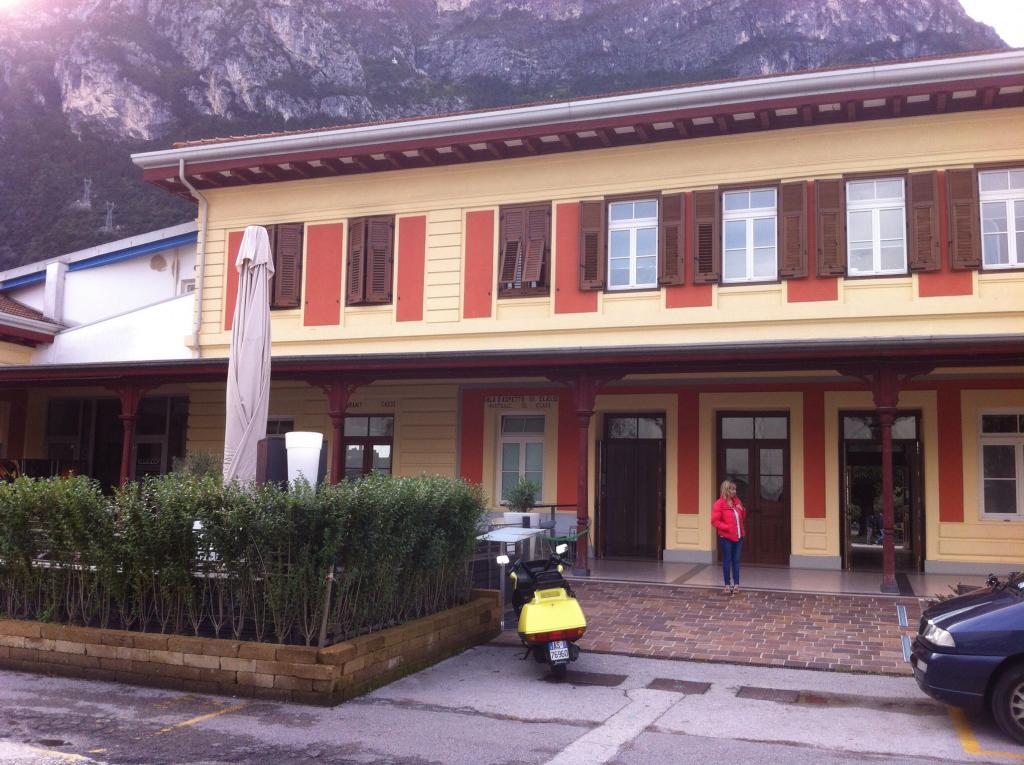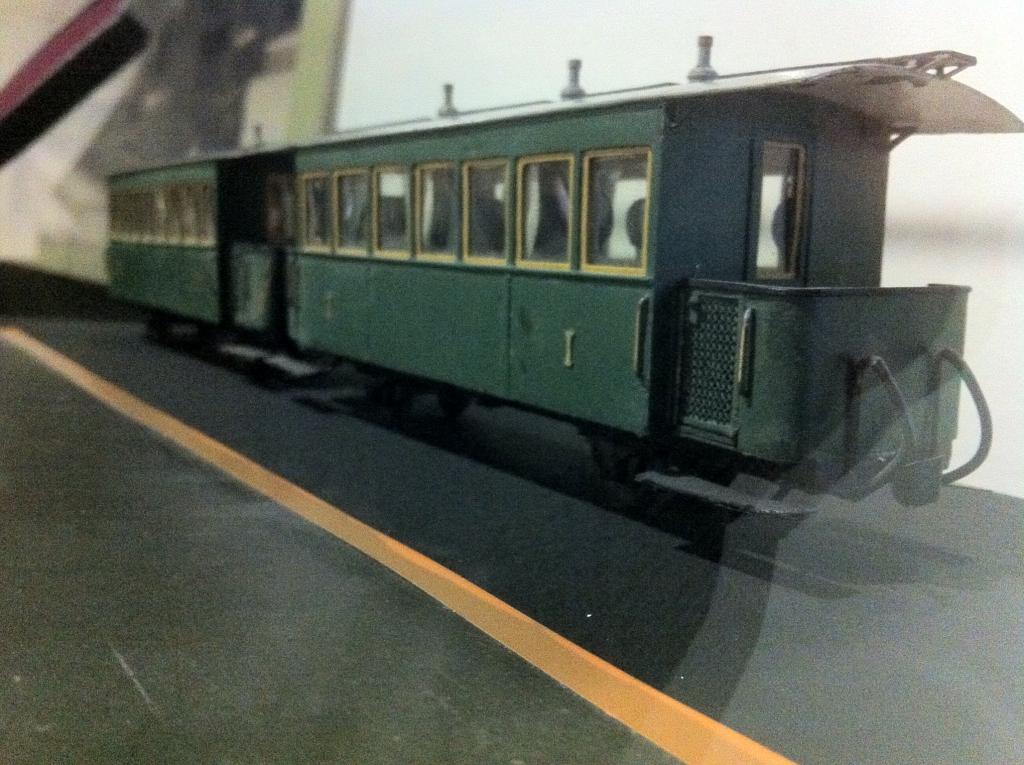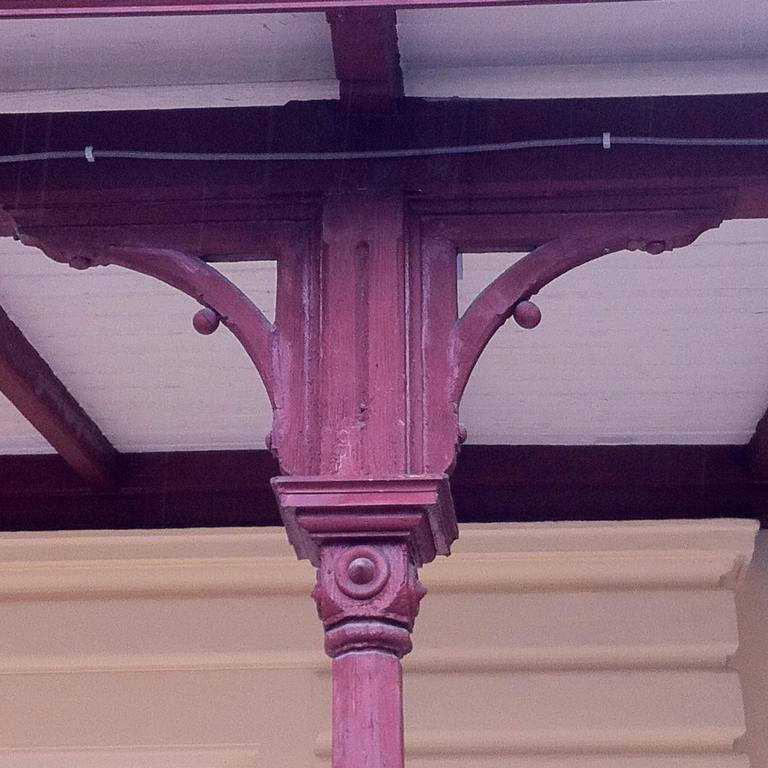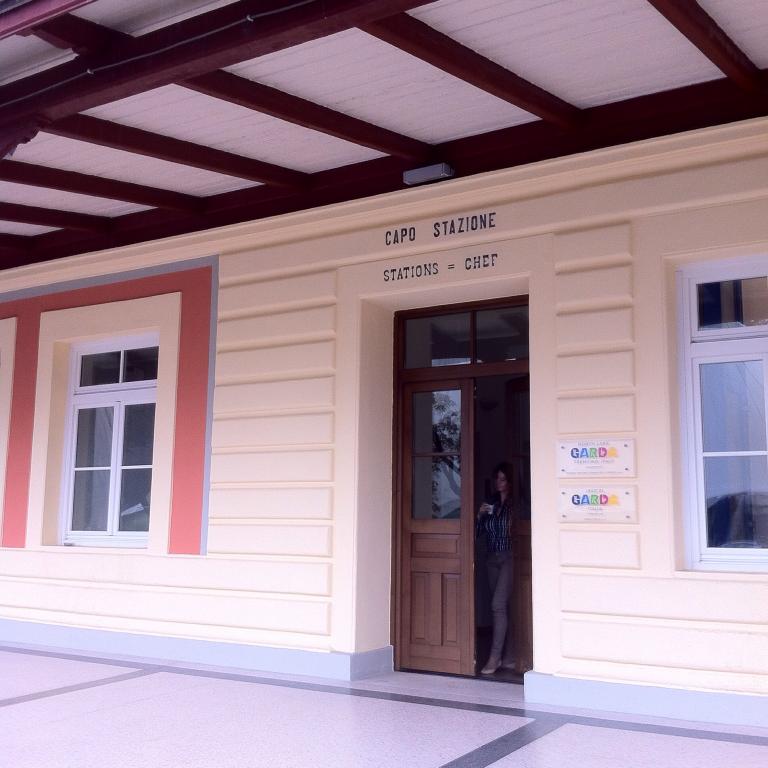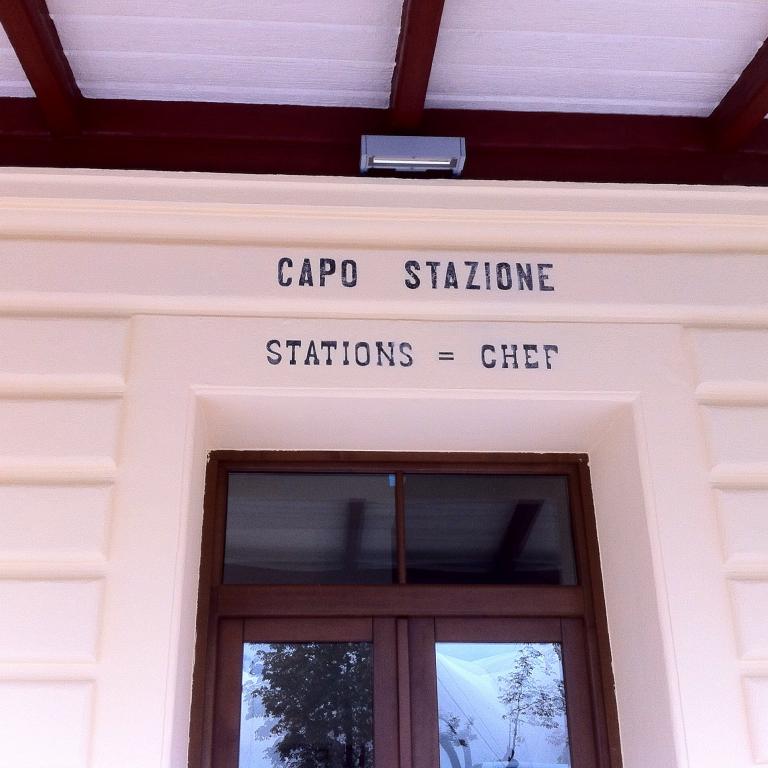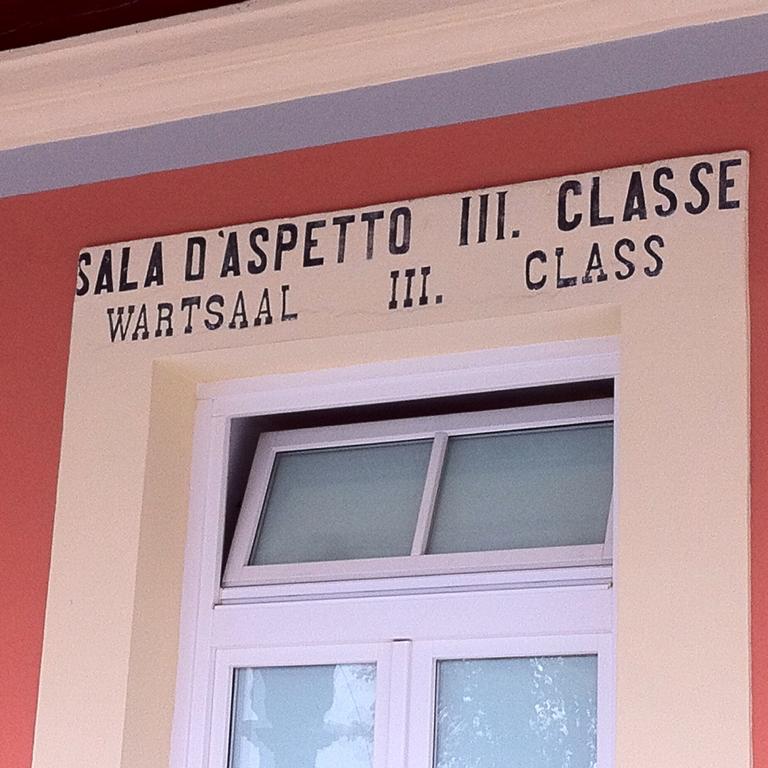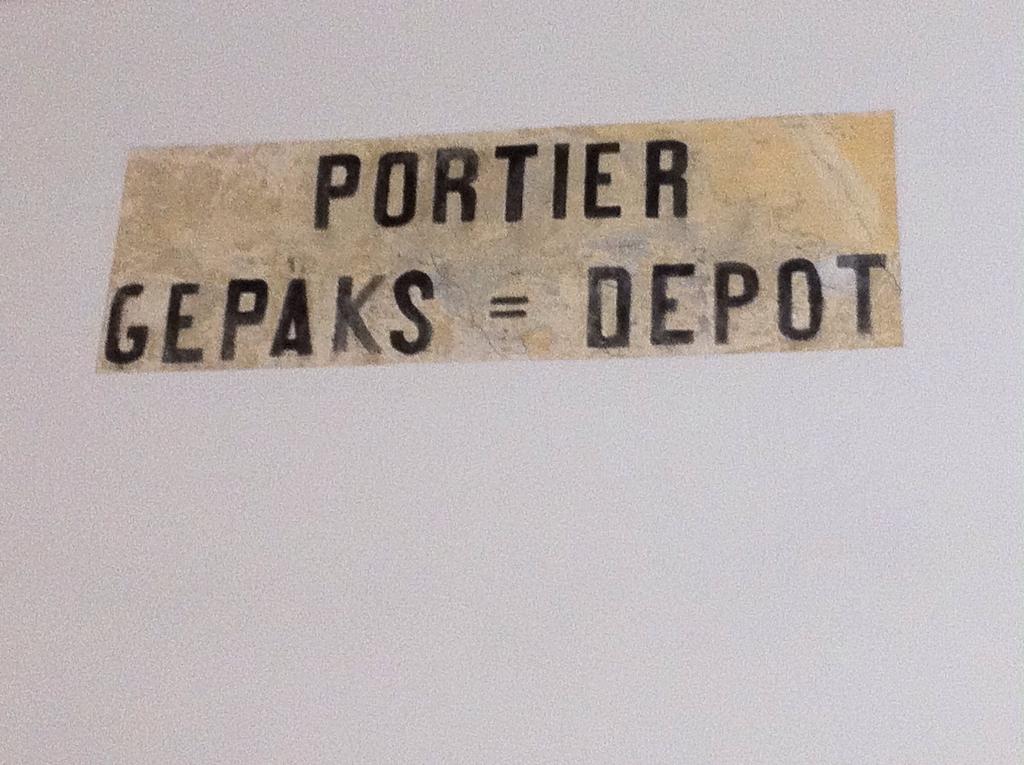-
Posts
15,836 -
Joined
-
Last visited
-
Days Won
393
Content Type
Profiles
Forums
Events
Gallery
Blogs
Store
Community Map
Everything posted by jhb171achill
-
A few at the front - one anyway - but normally on the back.
-
So Holyfast is a terminus, a bit like Cookstown was. Could it be somewhere the NCC and the GNR both came into from different directions, or maybe the GNR and a northern extension of the MGWR.... The MGWR had some fine red brick stations like Ballynahinch (Co Galway), Ballyvary, or Mallaranny... Maybe it's an ex MGWR building in your scenario which end up in the north after partition in 1921.
- 37 replies
-
Other than Cravens, everything ran with them. I've seen a picture of one towing an old 1880 era Midland six-wheeler! Within a set, wooden bogies (ex-GSWR in any pic I've seen), Bredins, Park Royals and Laminates of various batches, all had their time. In the north, ex-GNR loco-hauled stock was usual. While wooden ex-NCC stock was used as railcar intermediates, this was only with MED or MPD cars, not ex-GNR BUT or AEC stock. No Cravens though. Old Blarney - the CIE constituent companies (and indeed all Irish railways) had very fee clerestorey coaches indeed. While I've seen several varieties of old wooden stock both within AEC railcar set, and trailing behind them, I never saw a picture of any clerestorey stock behind one. That would be interesting for its rarity; any pictures?
-
CIE Regulations for Train Signalling ( any pre 1985 approx)
jhb171achill replied to Junctionmad's topic in For Sale or Wanted
I've a GNR one.... €10 plus post. -
No two sets had the same type of centre cars - CIE, GNR or UTA / NIR. Unlike the bland characterless modern equivalents.....
-
Actually, yes, Eoin - that looks familiar from both an inside and outside perspective.
-
Tmd/ssm mgwr "e" / gsr j26 / cie 551 0-6-0t
jhb171achill replied to Horsetan's topic in Photos of Models
I'd love to know more about that old covered van which appears to have sat there for years.... -
Tony, you might want to substitute "maintenance" for "maintance", and "Manager" for "Manger"...! :-) (Running for cover.....) Seriously though, excellent signage!
- 37 replies
-
I should know they, having been on the roof of that coach years ago at Whitehead, sealing it - but I can't remember and I didn't have a camera with me at the same time...... If I can find anything out I'll post it here.
-
-
Please do....
-
Talk about the "rare oul times", Old Blarney!
-
Fantastic find, Old Blarney. If you google "old Dublin film" or something broadly along those lines, there's much more about of old CIE buses (and predecessors) as well as trams.
-
Lineside structures, South Wexford line.
jhb171achill replied to jhb171achill's topic in Irish Model Layouts
What I'll do next time is photo them with an ipad instead of phone, and see how that works out. -
Riva del Garda, Italy
jhb171achill replied to jhb171achill's topic in Continental European Modelling
Momentous indeed, Garfield! I stood the right way up. -
Riva del Garda, Italy
jhb171achill replied to jhb171achill's topic in Continental European Modelling
Well it certainly is a "Garda" car..... -
Riva del Garda, Italy
jhb171achill replied to jhb171achill's topic in Continental European Modelling
-
There used to be a narrow gauge line from Riva to the standard gauge at Mori, which closed down way back in the early 1930s. In those days this part of Italy was actually part of Austria, therefore this railway owes much (if not all) to the same circumstances which saw many rural narrow gauge systems spring up in the overall Austrian / Hungarian area. The old station has been preserved and interesting material relating to the line's history are in the local museum. Here are a few pictures, in the hope of being of use to someone modelling Northern Italy or Austria... First, a model of a coach off the line in the museum.
-
Lineside structures, South Wexford line.
jhb171achill replied to jhb171achill's topic in Irish Model Layouts
Ahhh! I see it now - I missed that, Garfield! :-) Instead of watermarking them, I'm going to guinnessmark them. -
Lineside structures, South Wexford line.
jhb171achill replied to jhb171achill's topic in Irish Model Layouts
No idea how, Garfield! Ping me privately with details? -
Ah! I had thought it looked a bit smaller. If purchasing things like this, always look at the back for signs of corrosion. If none, it's probably a replica; the market is scourged with such things being passed off as genuine, especially "doctored" GSWR trespass gate signs....
-
Lineside structures, South Wexford line.
jhb171achill replied to jhb171achill's topic in Irish Model Layouts
Very good point indeed, junctionmad; I wasn't thinking of that when I took them! -
GSWR Carriage Diagram Book 1924
jhb171achill replied to jhb171achill's question in Questions & Answers
I have to say I never heard the nickname "Long Tom" applied to anything Inchicore...... as mentioned above, nicknames were few there (or York Road or Dundalk) compared to Britain. Inchicore men invariably referred to locos as the 101 class, 530 class, 400 class, 60 class and so on. They rarely (if ever) even used the GSR designations such as B1a, D17 or J15 in conversation.... An exception at Broadstone was No. 666, which attracted several highly uncimolimentary nicknames! -
That GSWR one looks the part, Weshty!
-
Lineside structures, South Wexford line.
jhb171achill replied to jhb171achill's topic in Irish Model Layouts
That's been known to happen, Old Blarney, but not for the last 20 hours.....
.png.c363cdf5c3fb7955cd92a55eb6dbbae0.png)




